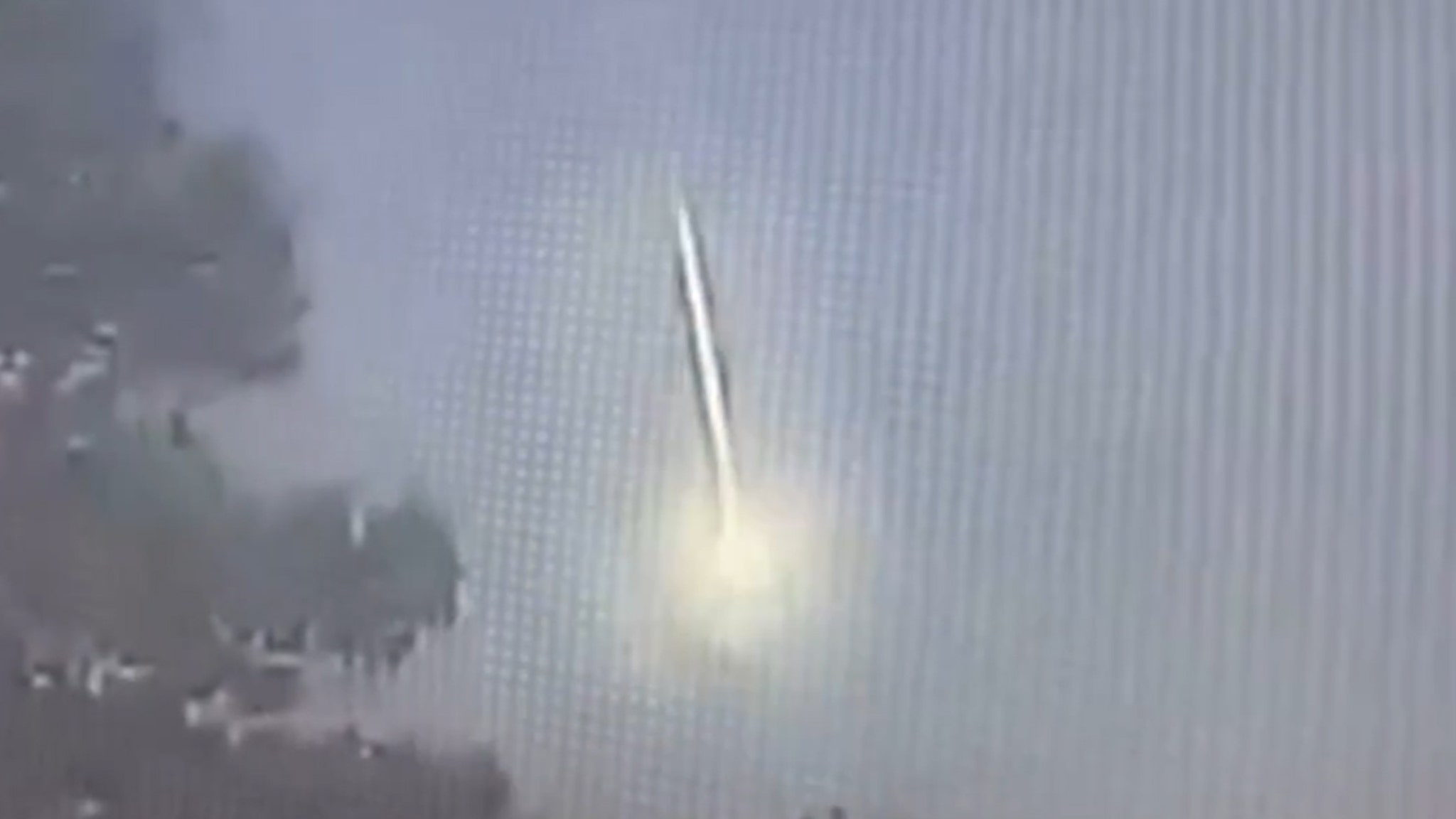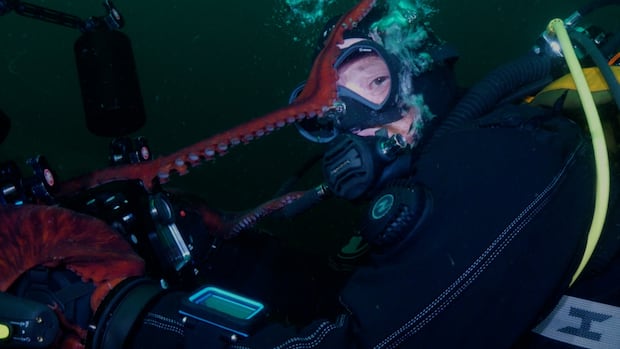NASA's Curiosity Rover Reveals Stunning New Images of Mars' Dunes

A recent release of breathtaking images from NASA’s Curiosity rover has created a buzz across the internet, captivating audiences with its extraordinary detail. Interestingly, while the footage is from 2015, it has only recently come to light, showcasing a stunning 360-degree panorama that vividly portrays the Martian landscape. The clarity and detail of these images have astonished viewers, especially considering they were captured from a planet located a staggering 140 million miles away.
These remarkable images were taken from the base of Namib Dune, situated within the expansive Bagnold Dune Field on Mars. What makes this imagery particularly engaging is its resemblance to familiar Earthly landscapes, conjuring feelings of nostalgia. Yet, these are not the iconic dunes of the Sahara; instead, they are Martian formations, where persistent wind patterns continuously shape the sand into ever-shifting ridges that vary with the seasons.
A Rare Look at the Martian Landscape
Captured on the rover’s 1,197th Martian day, or “sol,” this panoramic image provides a comprehensive view of the terrain, including the prominent Mount Sharp, a central peak nestled within the Gale Crater. The dune featured in this stunning imagery is part of the Bagnold Dune Field, a region characterized by its dark sand and active dunes that shift by approximately one meter annually. The impressive visuals, showcasing rugged terrains and distant mountains, offer invaluable insights into the constantly evolving surface of Mars.
The high-resolution panorama was captured using the rover’s Mast Camera (Mastcam), an advanced instrument that enables scientists to compile images into a seamless 360-degree view. Notably, the images underwent color correction to simulate how the scene would appear under Earth-like sunlight, rendering the Martian landscape surprisingly familiar and accessible to the public.
The striking clarity of these images has ignited discussions online, with some users drawing amusing comparisons to the often lackluster resolution of conventional security cameras. This conversation highlights the stark contrast between commercial technology and the sophisticated, mission-grade instruments developed by NASA, illustrating the agency's advanced capabilities in capturing high-quality images of extraterrestrial environments.
The Technology Behind the Camera
The Mastcam on Curiosity, designed and manufactured by Malin Space Science Systems in San Diego, is engineered to deliver high-resolution color and stereo images. This camera plays a critical role in the geological analysis of Mars' surface, providing detailed visual data like those recently shared online. The insights gleaned from this data have been essential in studying the Martian dunes and the wind patterns sculpting them, which are vital for future missions to Mars.
Curiosity, part of NASA’s Mars Science Laboratory project, has been actively exploring the Martian landscape since its landing in 2012. The rover has tirelessly collected data that will not only enhance our understanding of Mars but also guide future exploration efforts. Managed by NASA’s Jet Propulsion Laboratory (JPL), a division of the California Institute of Technology, the Curiosity rover stands as a testament to NASA's unyielding commitment to advancing space exploration through cutting-edge technology.
Dunes That Move and Shift
The Bagnold Dune Field is not only visually striking but also holds significant scientific value. The dunes are in perpetual motion, with satellite imagery revealing that they can shift by up to a meter every year. This dynamic behavior makes them a prime subject for researchers, offering insights into Martian wind patterns and sediment transport. Understanding these processes is crucial as scientists prepare for future exploration, which may even include human missions to the Red Planet.
The high-resolution imagery has generated considerable excitement in the space exploration community. Many observers have described the visuals as “mind-blowing,” particularly when juxtaposed with the often unimpressive outputs of everyday Earth-based security cameras.
On platforms like Reddit, these images have sparked humorous exchanges regarding the disparity in image quality between sophisticated scientific equipment and consumer-grade technology. One user humorously pointed out, “Yet my front yard camera can’t clearly see license plates or faces 20ft away,” highlighting the technological gap that exists between these different systems.
The enthusiastic reaction to these images reflects a growing public interest in Mars exploration. As NASA continues its mission, the Curiosity rover remains at the forefront, eagerly delving into the mysteries of the Red Planet and sharing its findings with an increasingly engaged global audience.

























